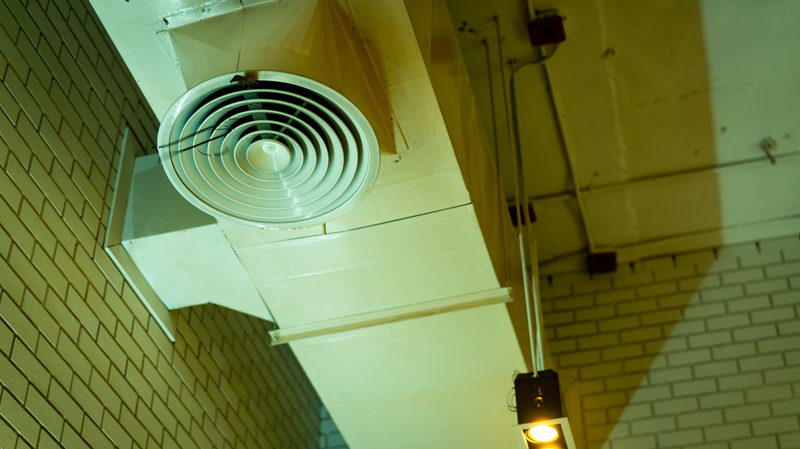
Components of Your Air Ducts
Creating warm or cool air is only half the battle for your HVAC system, it needs to be distributed around the home. That’s where your ductwork comes in. A properly designed duct strategy will move air to all areas of the building equally with minimal temperature loss. This is no simple task. When it comes to your air ducts, there is more to this structure than just galvanized steel and duct tape.
Duct Trunk & Pipes
The duct trunk is the main artery of your ductwork and probably the most well-recognized component. It is typically a large, rectangular channel that goes throughout the home. Pipes branch off the trunk to distribute airflow to individual rooms through the slated registers.
Stacks
These are tall, thin, and vertical pipes which move air through thin walls where typical pipes wouldn’t fit.
Duct Transitions
To be effective, ductwork cannot be cookie-cutter or one-size-fits-all. It must be customized to the shape of the home. To achieve this, professional installers use a variety of duct transitions to connect the pieces. Pieces called take offs, turning vanes, and cleats work together to create pathways throughout your house.
Plenum
Each home has two plenums, a supply one and a return one. These are spaces within the ductwork that store the necessary air for the HVAC system. The supply plenum is filled with heated or cooled air, which is sent through the ducts. Air entering a room will force the existing air into another set of ducts to the return plenum.
Flues
Some systems will use flues to bring the old air or noxious gasses outside of the home. This only occurs in systems where the old air is not recycled or it is an electric system that does not use combustion to function.
Air Handler
This component does just what it says: it handles the air. Air handlers usually come in the form of large metal boxes containing a blower, dampers, and heating or cooling elements. This unit is connected directly to the duct trunk.
Your ducts act like the lungs of your home, transporting temperature-controlled air in and old air out. The components listed above make up the basic anatomy of a ductwork system, although different elements and configurations may be necessary for different homes. For an inspection and detailed explanation of your home’s ductwork, contact our team of duct professionals at McMillin Air today!








0 comments